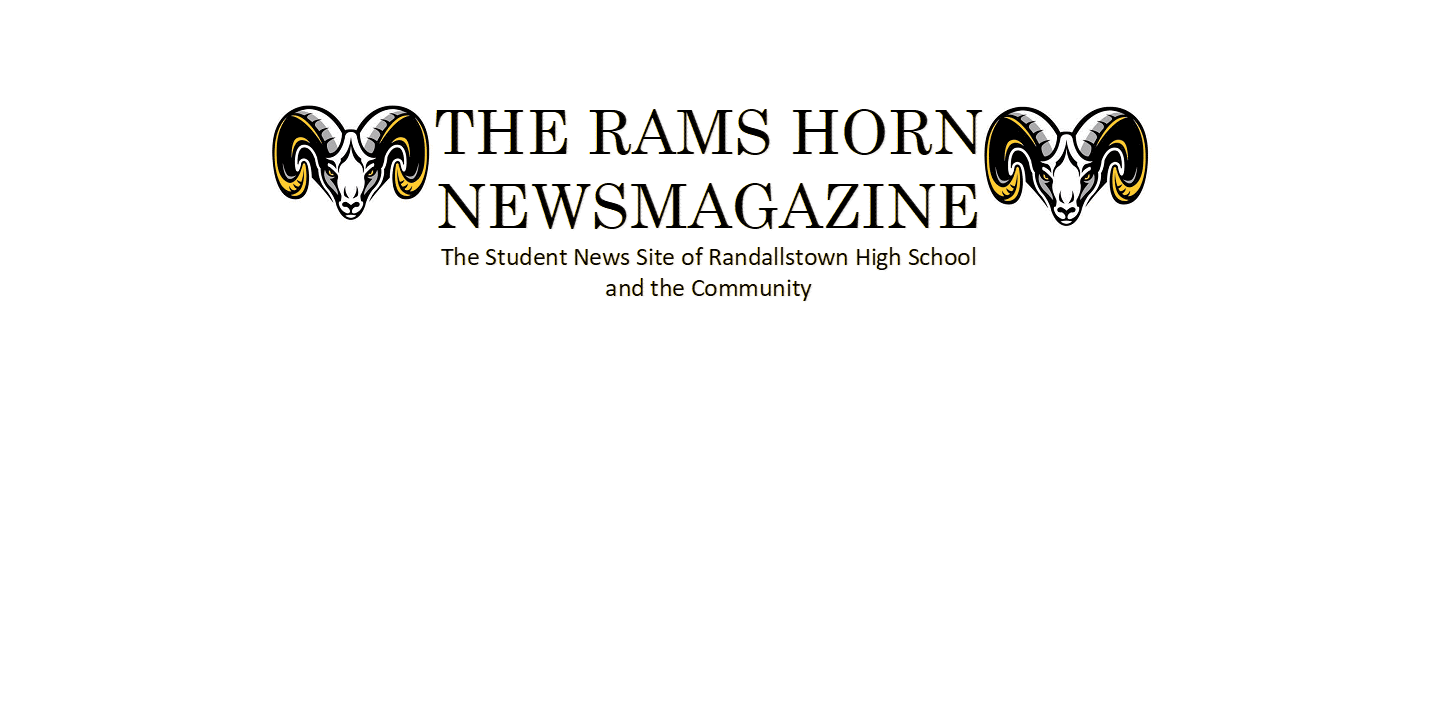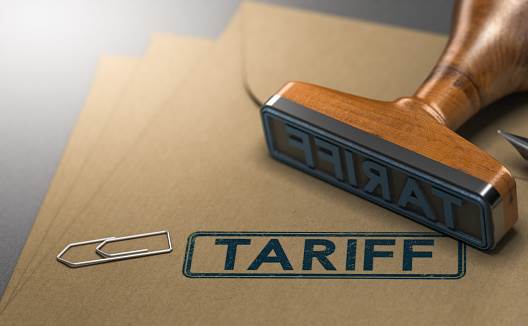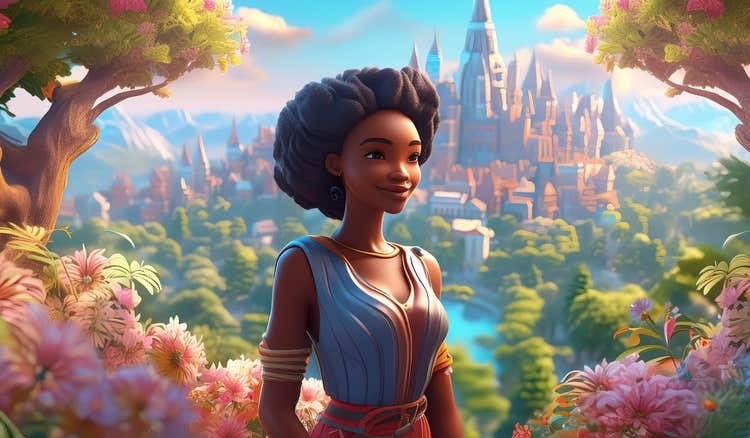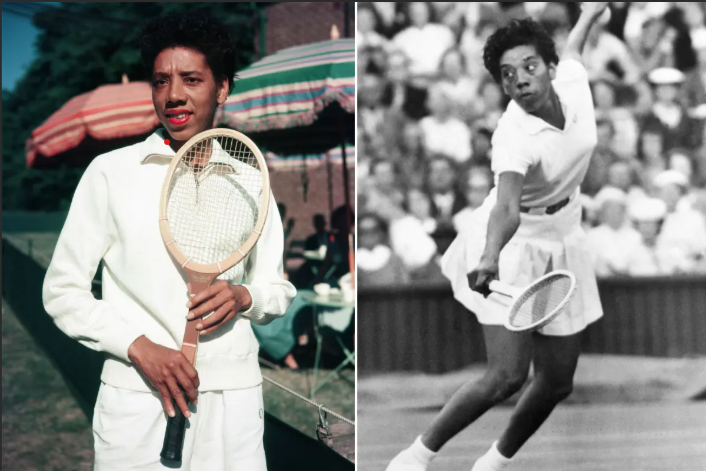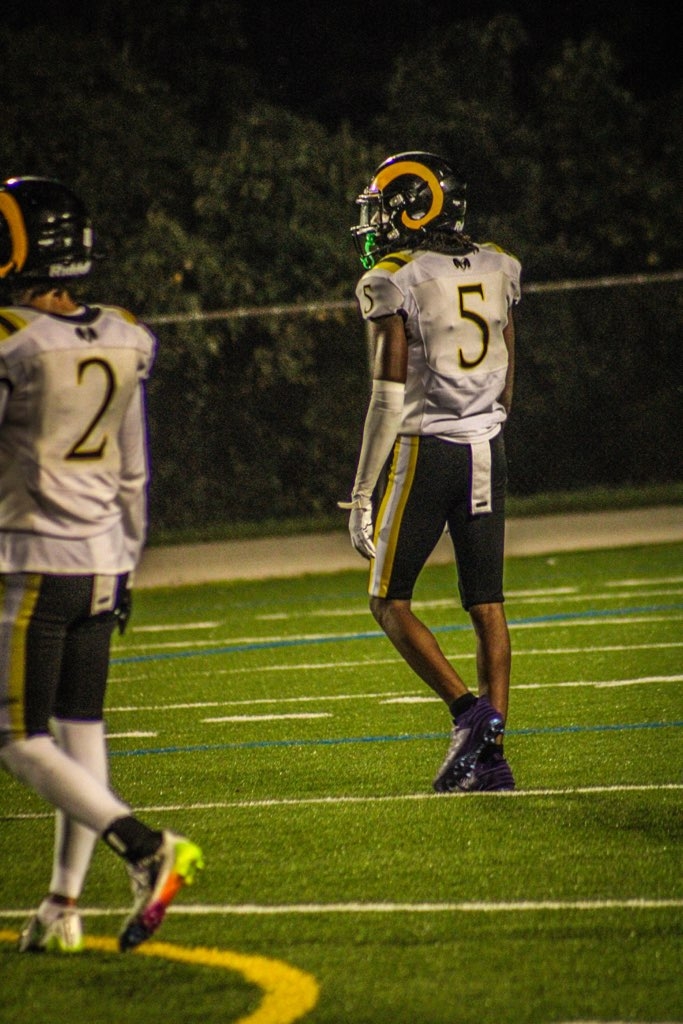
Hello! My name is Tamara. I’m a student at Randallstown High School and today you will be able to read about and view some of RHS’ Digital Art Studios skull illustrations. First, I want us to take a closer look at Digital Arts. What is it exactly? Well, Digital Art is any artwork that utilizes technology as a way to create art! Some examples include pixel art, which uses pixels to create pixelated images digitally; animation, where digital 2D and 3D animators use digital tools to create movies, series, and games that we enjoy every day; and sculpture, where digital 3D sculpting is a way to sculpt art online with virtual clay to create digital models! All of these are various forms of digital art. Now, I do want to say this. Art, to some, may only be seen as drawing or coloring on a piece of paper. It actually encompasses much more. Art is a means of expressing ideas and emotions not only through drawing and coloring, but through film, dance, writing, photography, and even theatre. Finally! Now that we’ve finished a semi-deep dive into digital art and the arts itself, let’s talk about RHS’ Digital Art Studio and their Skull Illustrations!

Students in RHS Digital Arts Studio utilized various brushes, textures, and opacity changes to create digital illustrations of a skull. What I credit these students for is how detailed they made their skulls. Looking closely, you can see the different types of brushes, their sizes, and how they create texture in the artwork. Some are thin, some are thick, some look like a highlighter brush, and even a digital crayon with its rough edges. All these brush textures create different kinds of lines that further define the shape of the skull to guide the viewer’s eye and add depth and dimension to the art. For example, you can see the nasal cavity, mandible, maxilla, teeth, and even the ethmoid facial bones (a single unaired facial bone located in the center of the face, between the eyes and the nose) in the art! Even the skull which you cannot see a specific bone structure, still incorporates shading, lines, texture, and opacity to make it stand out.

What is opacity? Opacity is transparency in an art piece. It helps with depth, and layering, and influences how much light passes through a color or element. In this context, opacity helps to highlight specific areas of the skulls without making other parts feel neglected or obscure. Opacity being incorporated into these skull illustrations brings them out as much as digital brushes do.
As we bring this to a close, I want to say once again, the artwork presented by these students are wonderful and super detailed. Great work RHS Digital Arts Studio and shoutout to Mrs. Hirsch for being their instructor!

